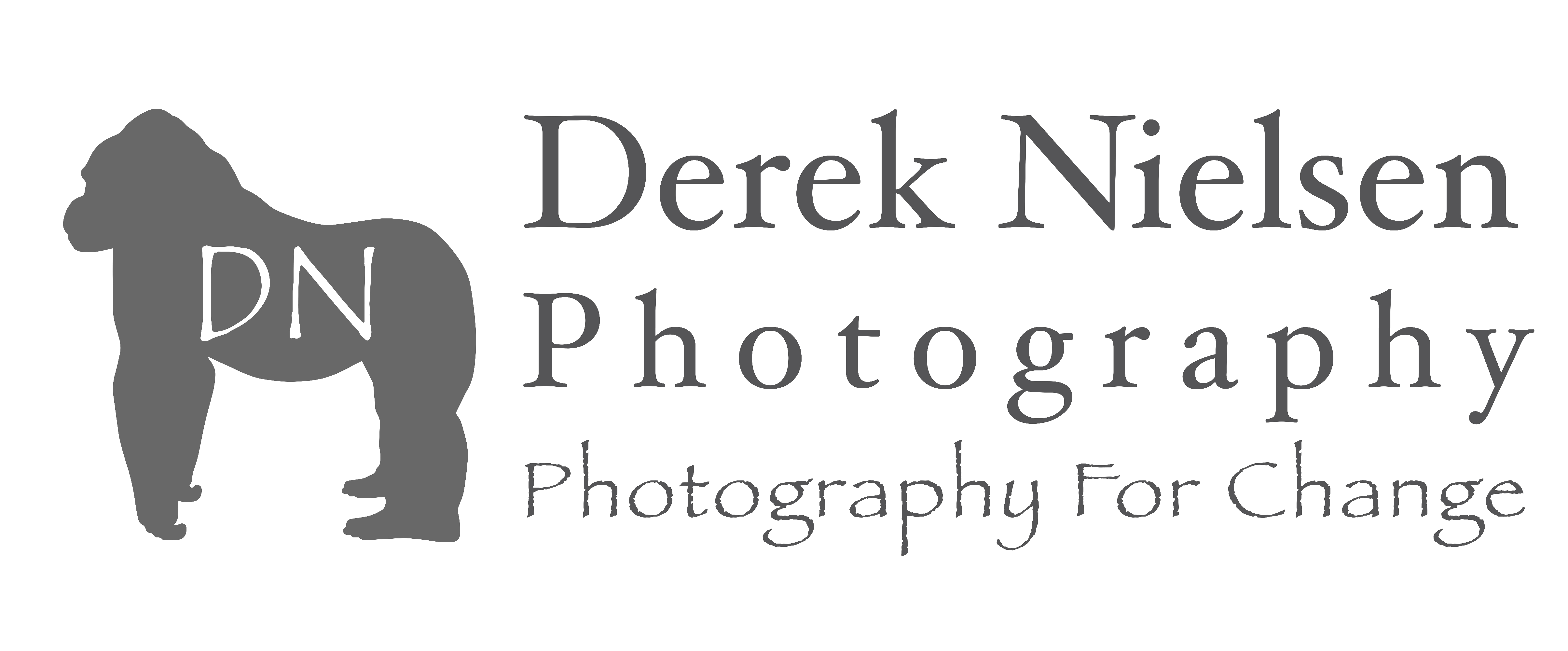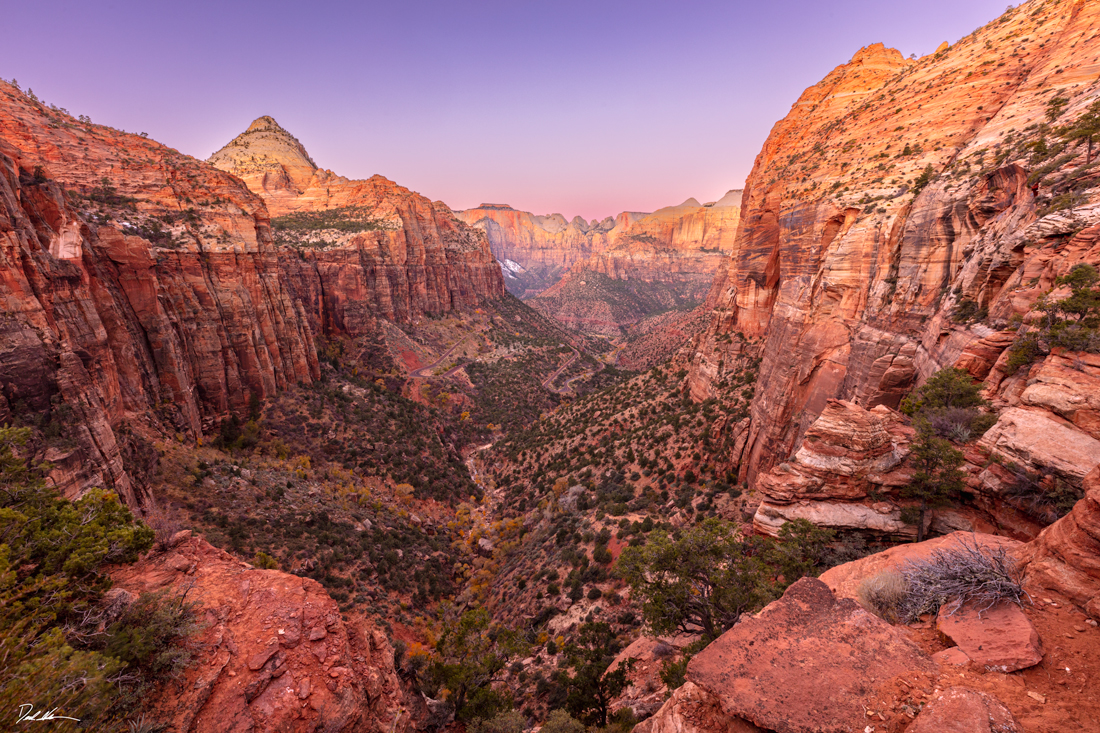
Beautiful sunrise photography lends itself to stunning colors and calm conditions. The hardest part about sunrise photography is getting yourself out of bed. That said, those motivated to get outside early enough will often be rewarded with something most people won’t see. Follow these fourteen tips to get the best out of your sunrise photography and the most out of your morning.
1. Sunrise photography camera settings.
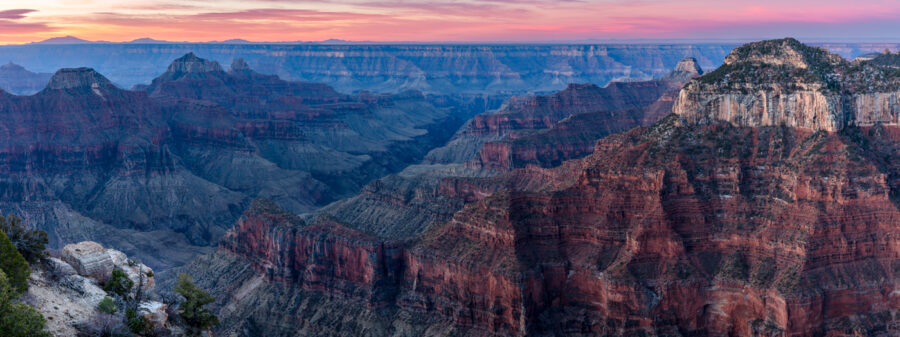
Camera settings are an important variable when composing a beautiful photograph. However, being able to adjust them on the fly is what separates the beginners from the advanced shooters. A good starting point is to set your camera up in RAW file designation to collect the most data. Then, use these settings as a starting point.
- ISO 100 – A lower ISO provides the most beautiful noise-free images.
- Apature of f/8 – Most lenses have a sweet spot for sharpness. That often falls around f/8 and gives a photographer a good starting point to begin working from for their desired look.
- Shutter speed – 1/1000 of a second if you are hand-holding holding, but on a tripod, you may be able to go slower.
- Auto white balance – unless you are trying to give your image a particular feel, often using auto white balance is an excellent place to start.
Remember, these are only starting recommendations for an average lit scene. The darker the setting, the longer you will need to keep the shutter open or adjust your ISO to a higher value to create a well-exposed image.
2. Scouting your location for sunrise photography.
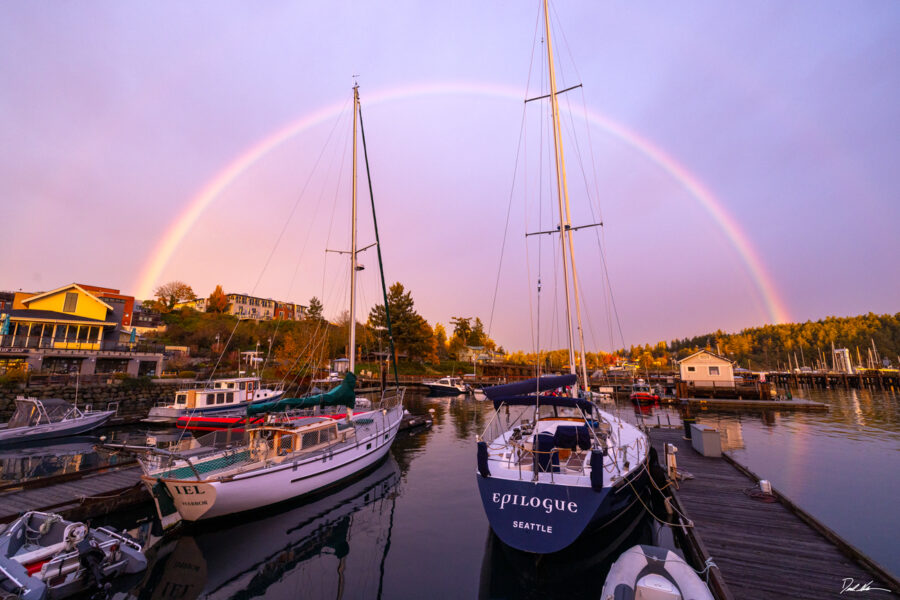
One of the best things anyone can do to help get outstanding photos is to scout your location before shooting. Let the landscape unfold for you. See where the interesting features are and where the best angle to shoot them from might be. Is it safe? During sunrise, are there other people around, or will you be alone? Let the area sink in, and spend an evening visualizing how you want to return the next day and capture it. I always find my best work comes from places I am familiar with. I am less distracted by simply capturing it, and more of my creativity comes out shooting it in ways that are artisticly different.
3. Check the weather.
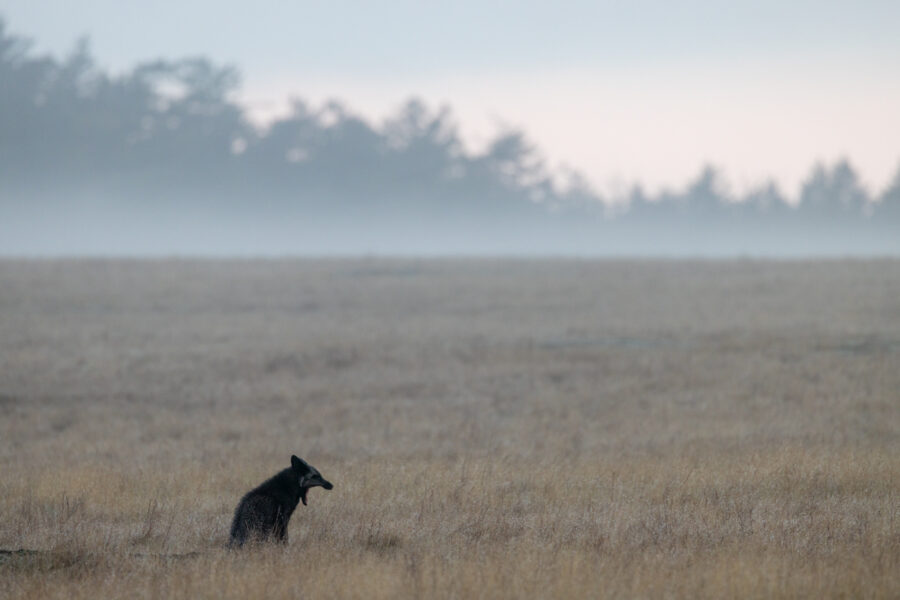
Weather plays a huge role in getting great photos. Dull, boring, cloudless skies are a photographer’s nightmare. This is true, mainly when you have decided not to sleep in on a Saturday and drag yourself into the freezing winter weather to catch a sunrise. Before heading out, go to your favorite weather app or website to see what you’re getting into. Intense weather is fun to photograph, but use common sense. Don’t drive into Yellowstone National Park during a winter blizzard. You may not make it out. A clear blue sky is ideal for a day at the beach, but we photographers prefer a moody, cloudy sky any day.
4. Use a sunrise strength prediction website or app.
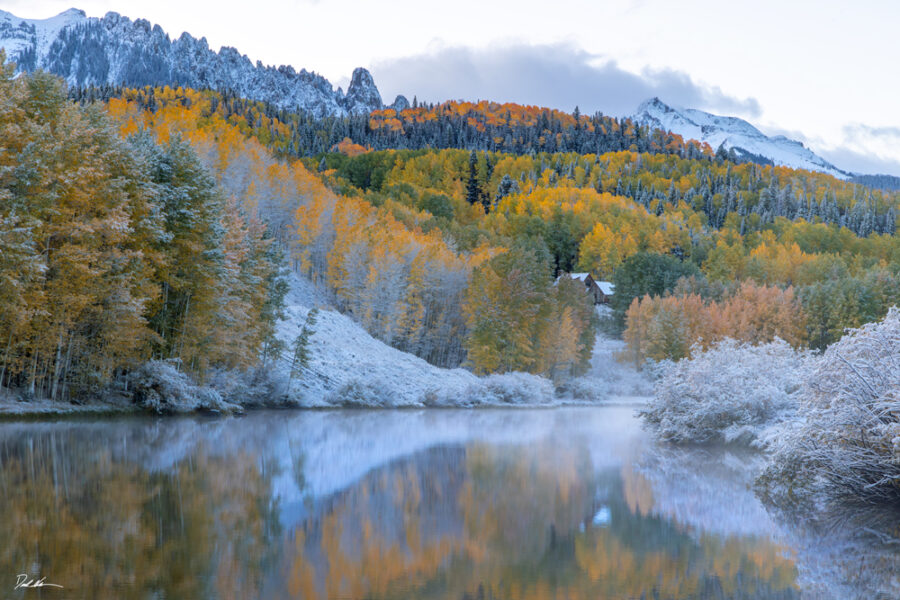
We all have some degree of a love-hate relationship with technology. However, technology does make our lives easier when we are planning. Sunsetwx is a great tool to predict the strength of a sunrise in terms of color. On their map, dark blues over an area represent a poor sunrise probability; whereas oranges and reds mean, there is a strong chance for a beautiful and colorful sunrise.
5. Graduated neutral density filter for sunrise photography.
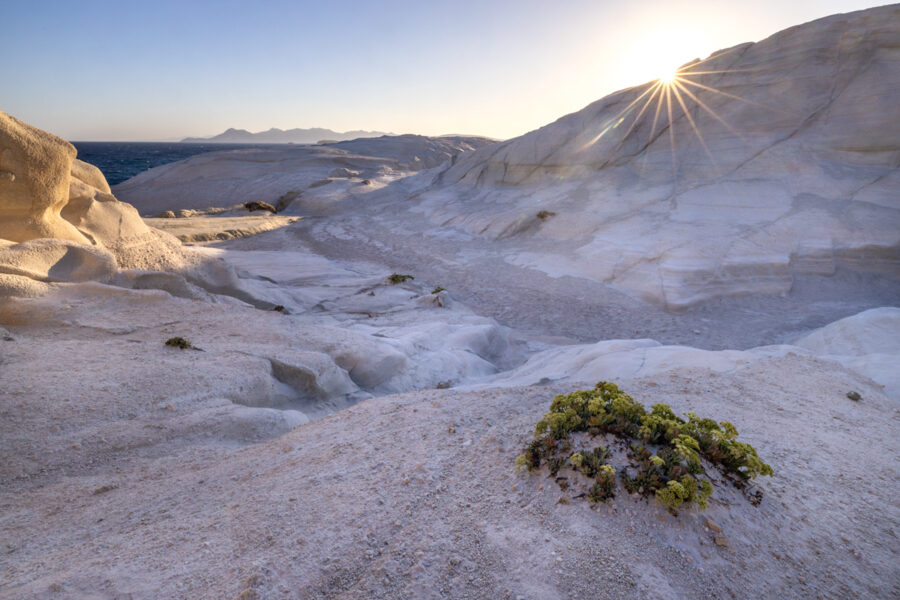
One of the most important accessories a photographer can own is a graduated neutral-density filter. Essentially, this piece of glass transitions from dark to light smoothly and gradually. When shooting a beautiful landscape sunrise, the sky will often be brighter than the ground. A gradual neutral density filter will reduce the light coming in from the sky while keeping the ground as it is.
6. Choosing the right gear for sunrise photography.
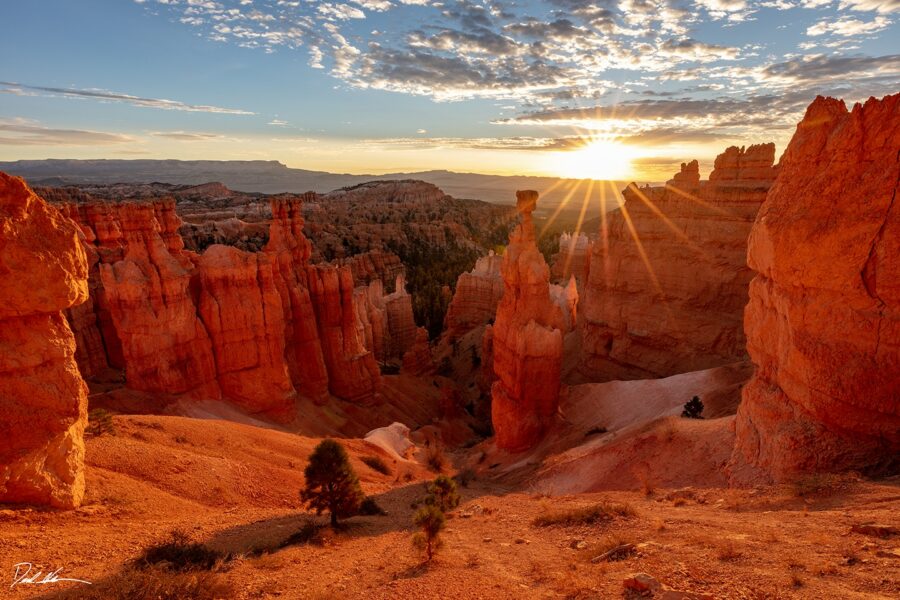
The right gear makes all the difference. Social media will tell you this brand is better than that brand, but it really comes down to your ability to work with a quality camera. Canon, Nikon, Sony, and Fuji all make great cameras. I prefer Canon because it is what I learned on and it has never let me down in the field. This is true even in the worst conditions. After you choose your camera, these are the other most important photography gear items to have.
- Tripod – Any serious landscape photographer needs a sturdy tripod. In order to get sharp photos in low light, a tripod is a must.
- Cable release – a cable release allows your camera to take pictures without you touching it. Even the smallest shake can cause blurry photos. Many cameras have apps that allow you to use your phone to communicate with the camera and replace the cable release. When in a pinch, a two or ten-second built-in timer works great to eliminate camera shake.
- Headlamp – If you are getting out before sunrise to set up, it will inevitably be dark. A reliable headlamp will help you safely get to your location and set up.
- Lens cleaning cloth – Before every photography shoot, it is important to have a clean lens. So often, people will just take the camera out of the bag and start shooting, only to be horrified to find all the dust particles on the final image when they upload them to their computer.
7. Prepare yourself to get up early.
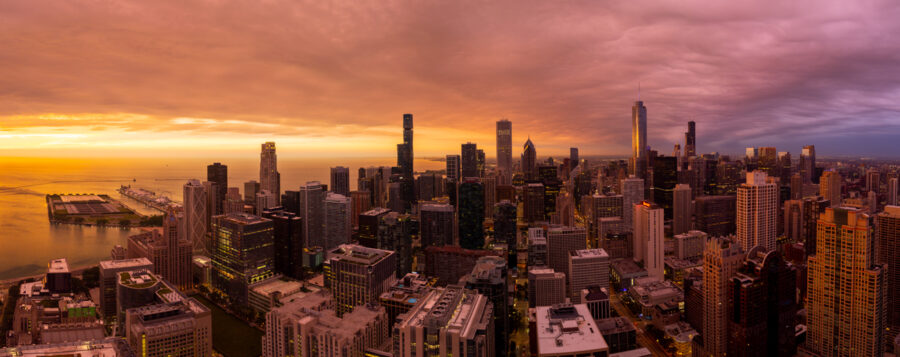
Just like a high-performance athlete need to be on top of their game, so do photographers. I can see the eyes rolling now, but it’s true. Get to bed early. Clear your calendar to allow you to get 7-8 hours of sleep. Lack of sleep can cause impaired judgment, reduced emotional capacity, poor attention span, excessive drowsiness, and reduced adaptability. Think about how that will impact your sunrise pictures. Eat an agreeable meal the night before. You don’t want an upset stomach while out shooting and no bathroom in sight.
8. Prepare to start shooting during blue hour.
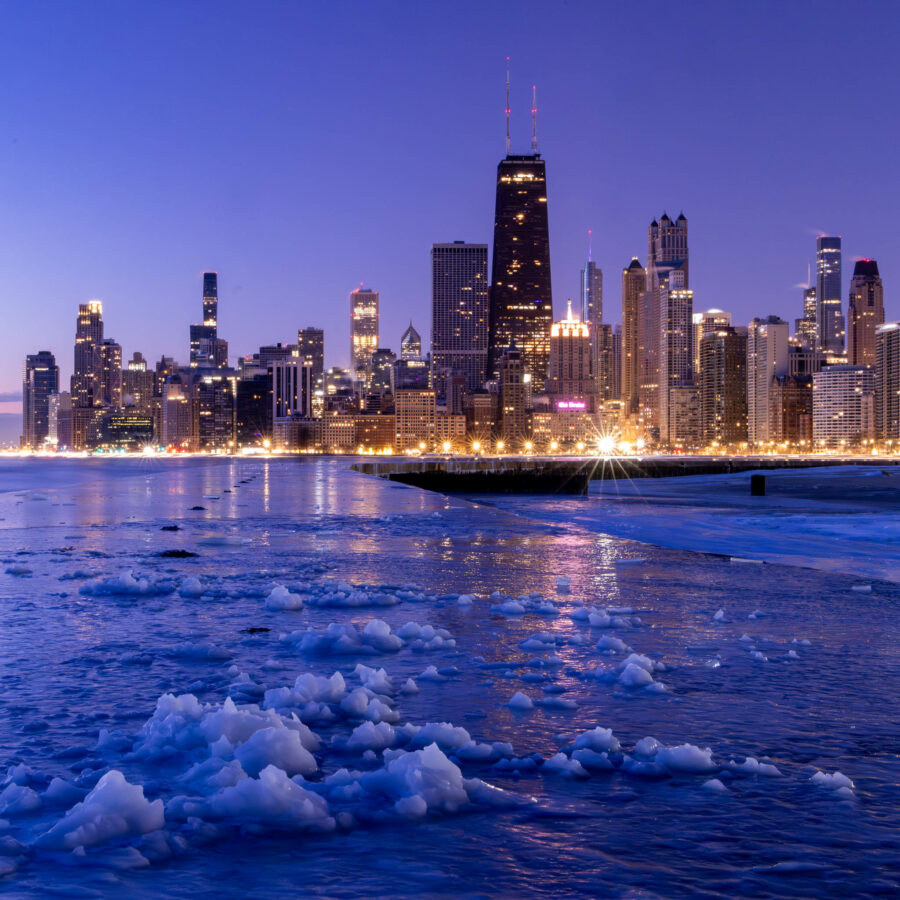
Some of my favorite sunrise photos are taken during blue hour. This is the part of the morning when the sun is still well below the horizon, but everything is beginning to reflect a soft bluish light. The actual science is that light rays of a shorter wavelength (blue) are bounced around by the ozone while longer (red) rays are passed through space in a principle called Chappuis absorption. During this time, colors become saturated. Even on a clear sky day, you can photograph a gorgeous sunrise during the blue hour.
9. Get the most out of the golden hour.
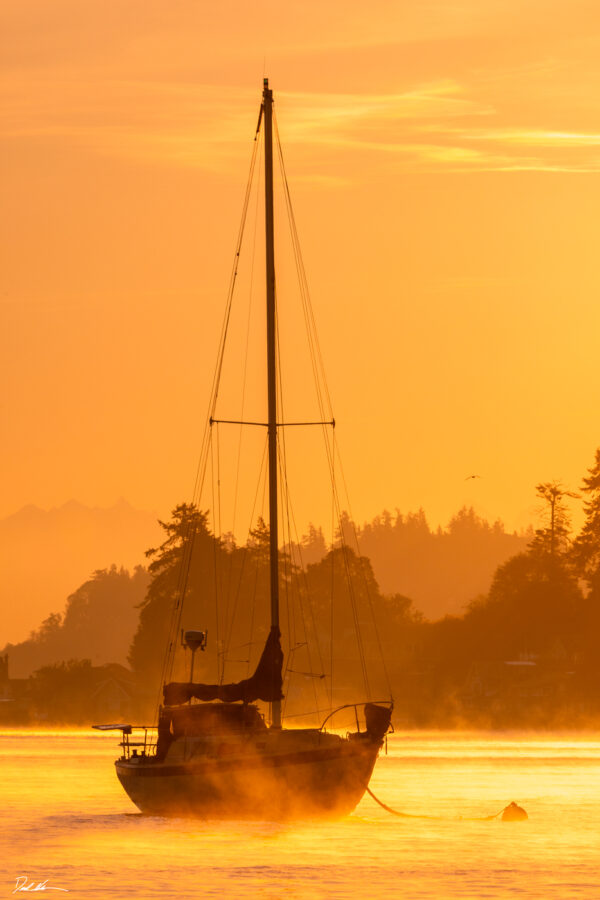
Golden hour is the time of day when the sun is close to the horizon, either above or below it, casting a soft orangish light on the land. When we think of that early morning beautiful sunrise landscape image, golden hour is usually the first thing that comes to mind. This is the best time of day to achieve natural warm tones. Using a circular polarizing filter will help reduce atmospheric haze, which could potentially interfere with the clarity of your image at this time of day.
10. Experiment with long exposure.
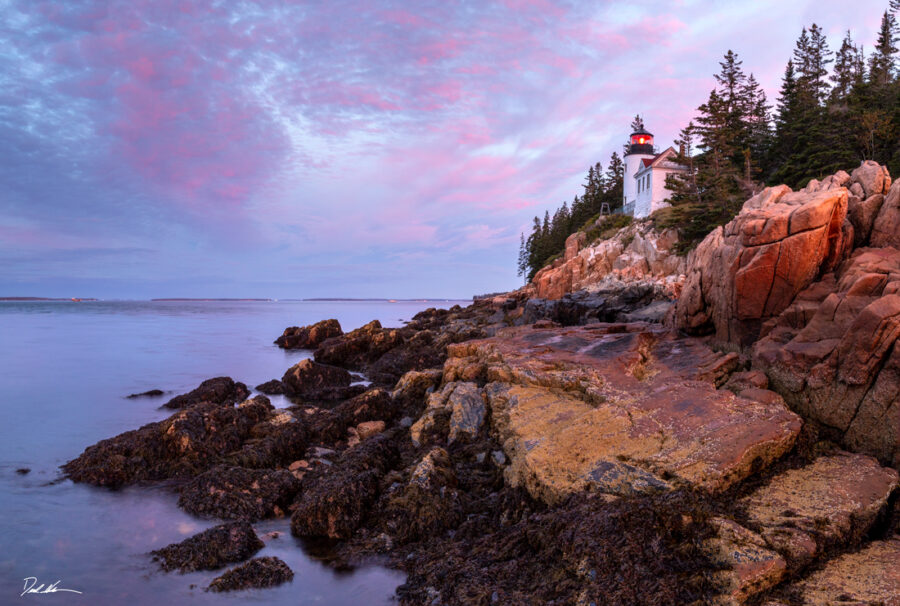
Sunrise and sunset are great times to experiment with long-exposure photography while the light is low. While performing top image searches on sunrise photography, you will find several oceanscapes with silky, flowing water. Moving water only takes a half second to one second to become completely smooth during a long exposure. Photographing a beautiful cloudscape also works well with long-exposure photography, creating movement in the sky of your composition.
11. Try creating a sun star with your aperture.
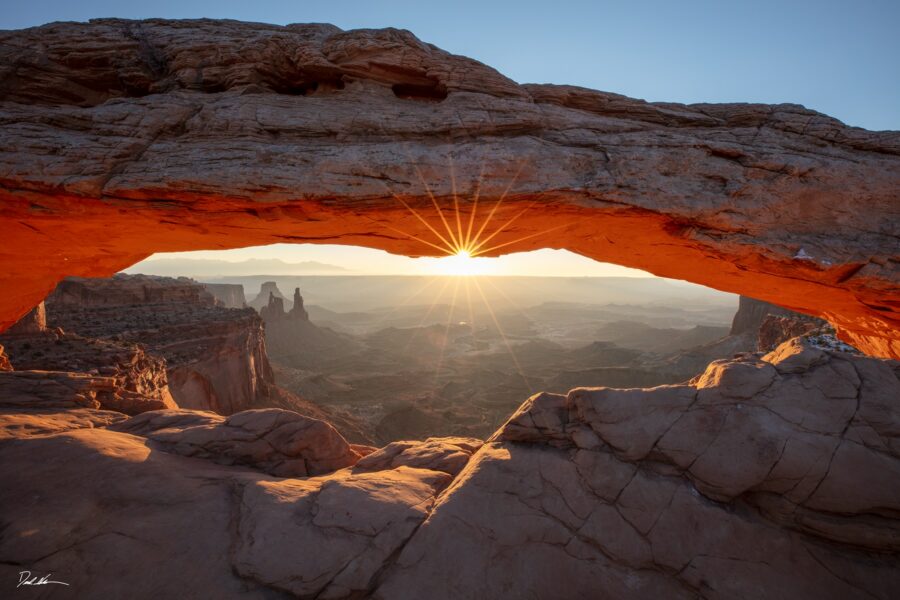
A sun star creates an interesting visual effect. Setting your aperture to f/16 to f/22 will create a narrow window for the light to pass through while maximizing your depth of field. This occurs because light is refracted off the aperture blades inside the lens. The number of blades your lens has will determine how many points are on your sun star. While composing a panoramic view of a colorful sunrise at Mesa Arch in Canyonlands National Park, I used this technique to add a deeper level of interest to the already beautiful landscape.
12. Point your camera away from the sun.

Everyone is so eager to point their camera toward the sun when capturing a sunrise. But…pointing your camera away from the sun will reveal a landscape completely engulfed in soft, saturated light. The sun does not have to be in your composition to make a beautiful sunrise photo. Let the sun enhance your subject and not be the subject.
13. Capture sunrise silhouettes.
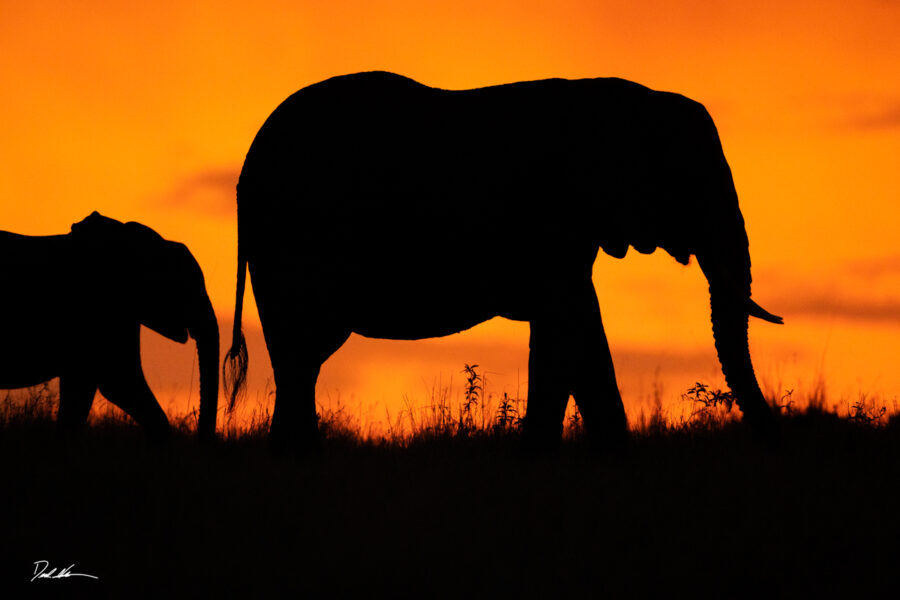
One of the best sunrise tricks to try is capturing distinct subjects in the foreground or midground of your image as silhouettes. By placing the sun directly behind the subject and exposing the highlights, the shadows will appear very dark in your photo. This technique works great on skylines and trees.
14. Bracket expose to get the perfect exposure.
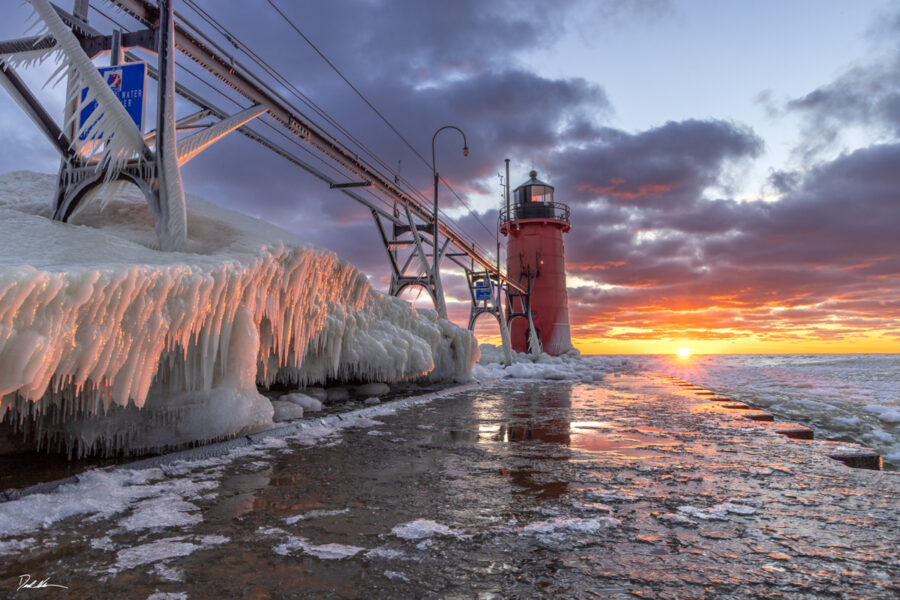
Bracketing your exposure is a technique where the photographer purposefully takes an underexposed, one correctly exposed, and one overexposed image. One of the three will be ideal to work with in post-production. Additionally, each can be used to create one HDR (High Dynamic Range) image using the best of each image to create one final shot.
Getting the best out of your beautiful sunrise photography shoots.
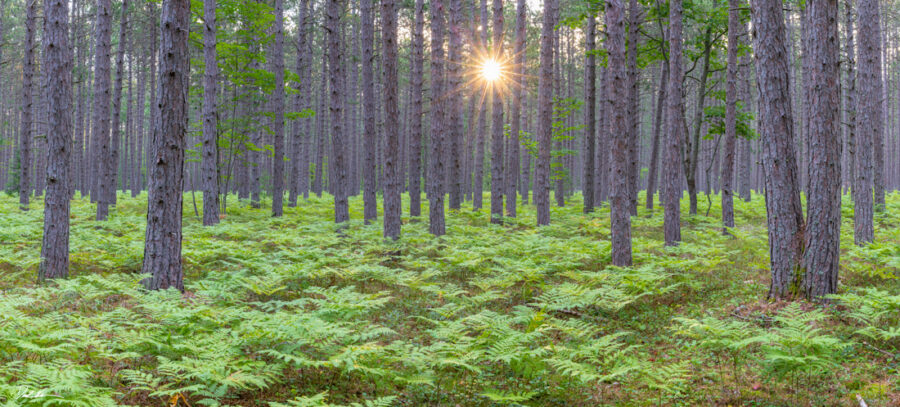
By considering all the tips mentioned above, you will be well prepared for your adventures off into the darkness, waiting for the perfect light to capture whatever amazing scene you find. Whether it is gorgeous sunrise rays of sunlight peaking over high mountains or a foggy pine tree forest, sunrise photography is always popular with collectors. I find it to be my favorite time of day. Wildlife is most active during sunrise. Birds are calling, and the sweet smell of morning fills the air. Fewer people are up, and that means the world is your playground. Check out my other articles for insight on various photography topics. As a professional photographer with over 20 years of experience, I love to give back to the community that has given me so much. Happy shooting, everyone.
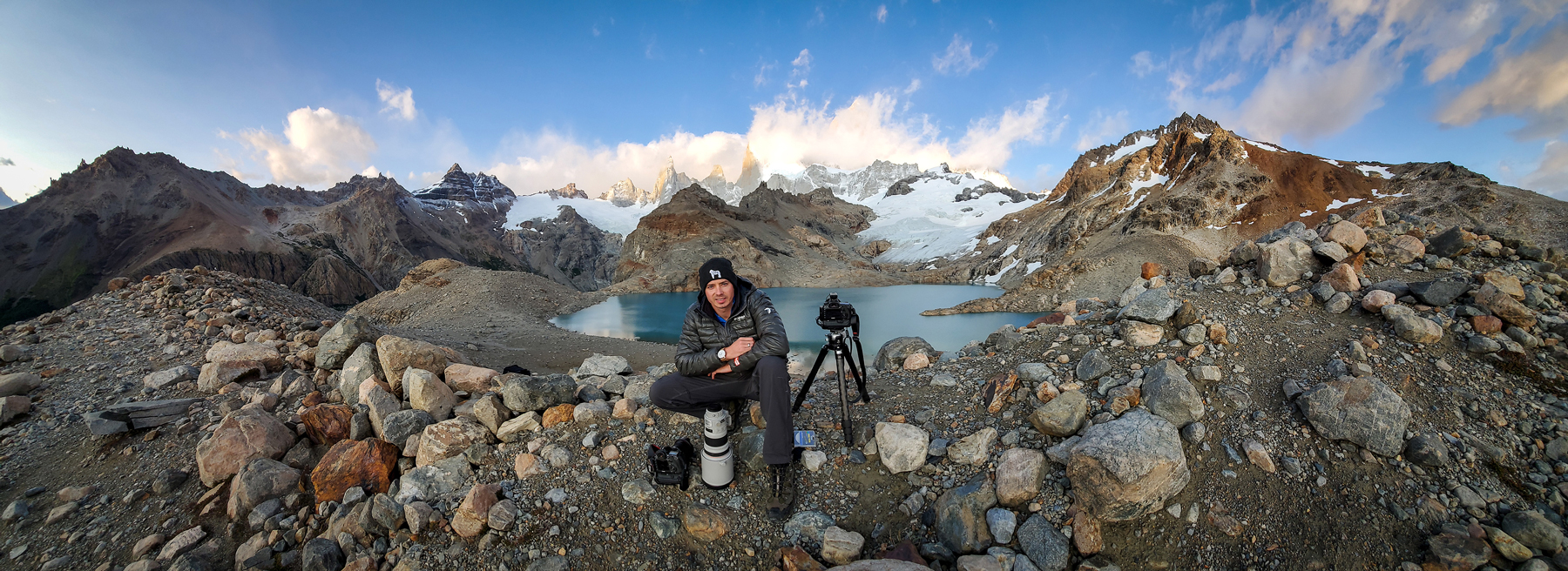
Hello! I'm Derek.
DEREK NIELSEN PHOTOGRAPHY RAISES AWARENESS ABOUT THE GLOBAL NEED FOR CONSERVATION THROUGH PHOTOGRAPHY AND DONATES UP TO 15% OF ALL SALES BACK TO ENVIRONMENTAL ORGANIZATIONS AROUND THE WORLD.
